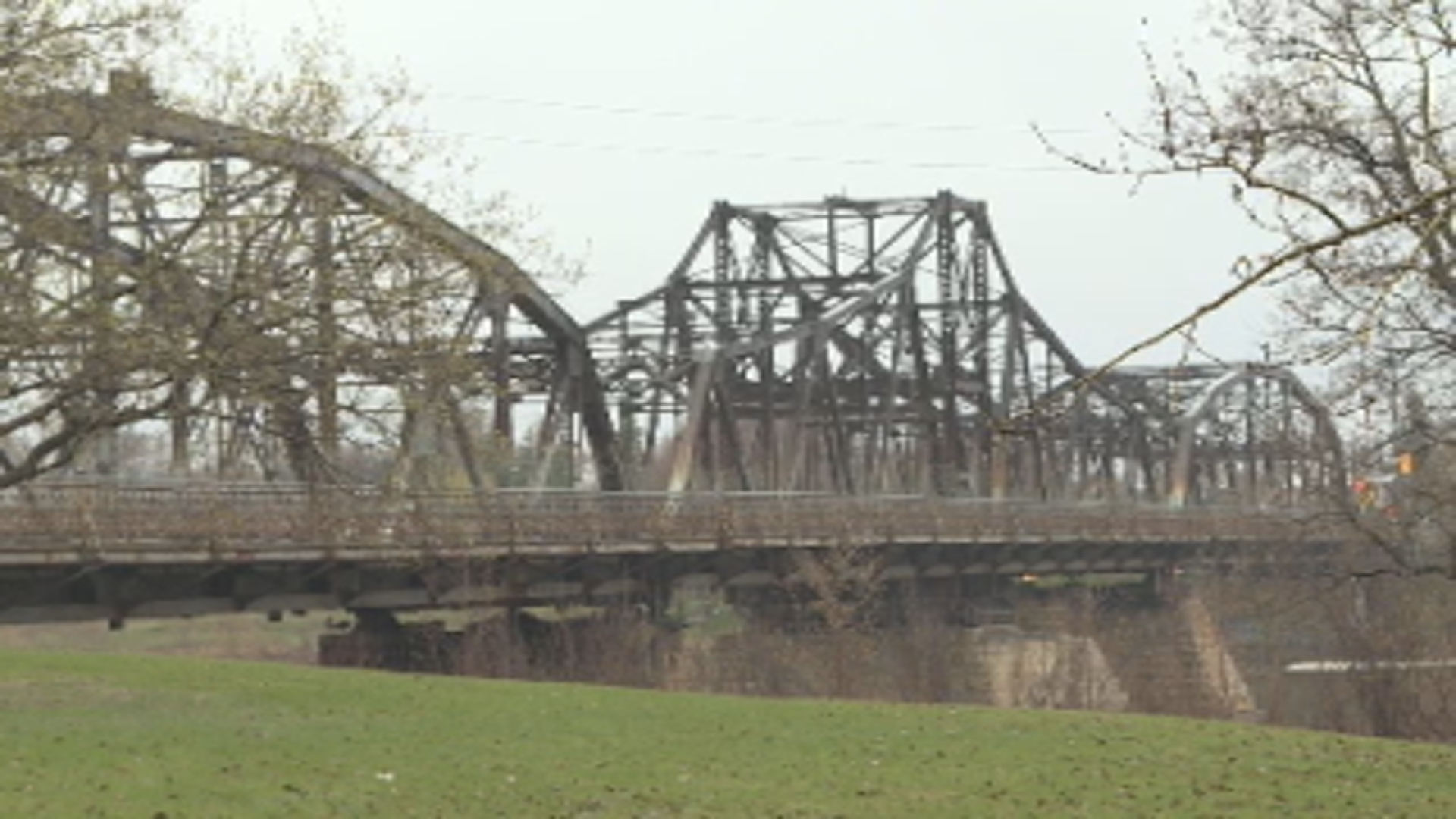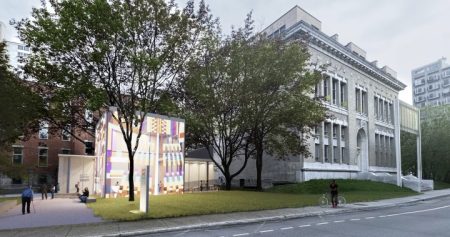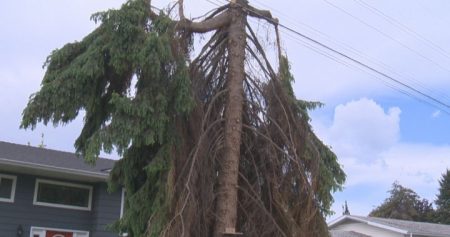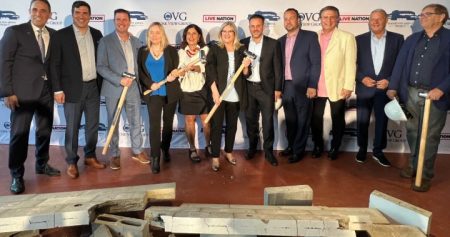In recent months, infrastructure challenges in Winnipeg have highlighted the city’s struggle to keep up with the growing demands of maintaining aging infrastructure. From potholes to sewage spills and bridge closures, the city continues to face costly issues that call into question whether enough resources are being allocated to upkeep. Councilor Janice Lukes, who chairs the Public Works Committee, acknowledges the difficulty of balancing big ticket items with limited resources. She emphasizes that the current funding model is not sufficient to keep up with the city’s growth and infrastructure needs.
Lukes points out that the allocation of tax dollars is a major challenge, with only a portion going towards city infrastructure. She notes that the majority of tax dollars go to the provincial and federal governments, leaving the city with limited funds to address infrastructure deficits. Despite efforts to address these challenges, the city is struggling to keep up with the increasing demands of maintaining and upgrading its infrastructure. The recent commitment from the provincial government to address infrastructure changes in its budget is a step in the right direction, but more immediate action is needed to address the current list of infrastructure issues.
The city released its Asset Management Plan in 2018, which revealed an infrastructure deficit of $6.9 billion, a number that would be closer to $9 billion in today’s dollars. Richard Milgrom, a professor at the University of Manitoba, suggests that the city should focus on repairing existing infrastructure rather than investing in costly projects to widen roads. He points out that the central areas of the city are underpopulated, leading to inefficient use of existing infrastructure. By prioritizing maintenance and upgrades to existing infrastructure, the city can address the growing deficit and improve the overall efficiency of its infrastructure systems.
Despite the challenges, there is room for optimism as the city and provincial government are starting to address the issue of infrastructure funding. Lukes is pleased with the recent commitment from the provincial government to address infrastructure changes, but notes that more immediate action is needed to address the current infrastructure challenges. The city must find creative solutions to address the growing demands of maintaining aging infrastructure while also balancing limited resources. By focusing on repairing and upgrading existing infrastructure and improving efficiency, the city can begin to address the growing infrastructure deficit and meet the needs of its growing population.
Overall, the growing demands of maintaining aging infrastructure in Winnipeg highlight the need for increased funding and resources to address the city’s infrastructure deficit. With challenges such as potholes, sewage spills, and bridge closures becoming more frequent, the city must find ways to prioritize infrastructure maintenance and upgrades within the constraints of limited resources. By focusing on repairing existing infrastructure, improving efficiency, and finding creative solutions to funding challenges, Winnipeg can begin to address its infrastructure deficit and meet the needs of its growing population in a sustainable manner.















